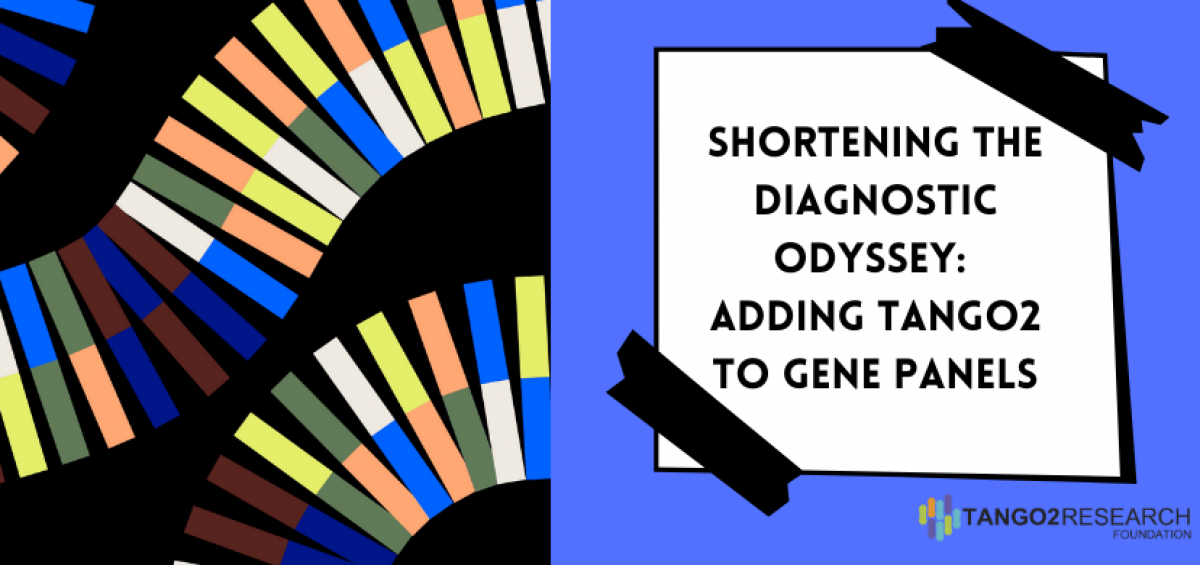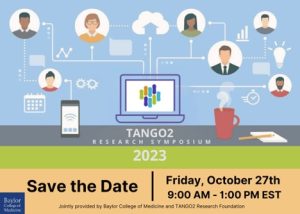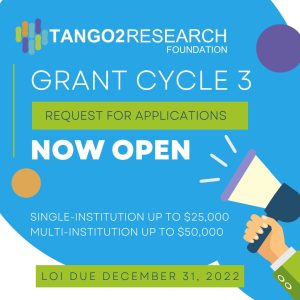TANGO2 disorder was first described in 2016, and based on estimated carrier frequencies of those pathogenic variants associated with TANGO2 disorder, the vast majority of patients with this disease remain undiagnosed. Unfortunately, rarely is a diagnosis made before a child’s first metabolic crisis. As these crises can be fatal, it is imperative that children with TANGO2 disorder be diagnosed earlier in life so that appropriate interventions and genetic counseling can be provided to the families.
The TANGO2 Research Foundation has been working this past year to request the addition of the TANGO2 gene to selective gene panels designed by different laboratories. Our advocacy efforts have resulted in five commonly used laboratories committing to adding TANGO2 to panels addressing epilepsy, rhabdomyolysis, ataxia, alternating hemiplegia, and cardiac arrhythmia.
“Gene panels are often among the first tests that we order as clinicians when a genetic disorder is suspected.” Said Dr. Samuel Mackenzie, a pediatric neurologist the University of Rochester and member of the TANGO2 Research Foundation’s Research Committee. “It’s so important to have TANGO2 included in these panels, because it could be months to years before whole exome sequencing is pursed. That’s valuable time where we can instead be thinking about prevention and targeted interventions having a solidified diagnosis.
The positive response from laboratories allows us to continue help families and motivates us to keep advocating for the TANGO2 community. We are confident that including TANGO2 in these gene panels will help identify undiagnosed children and save lives.











